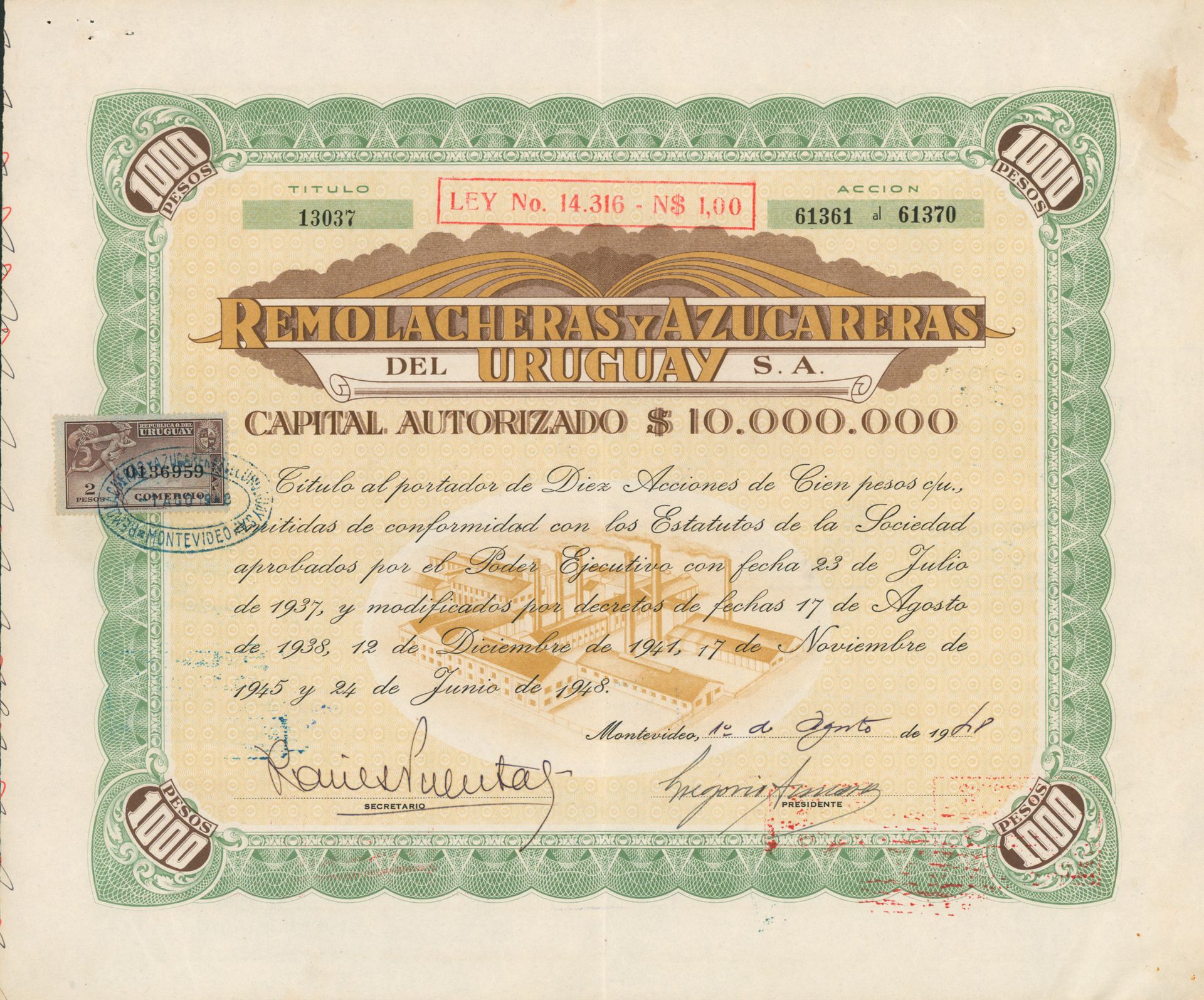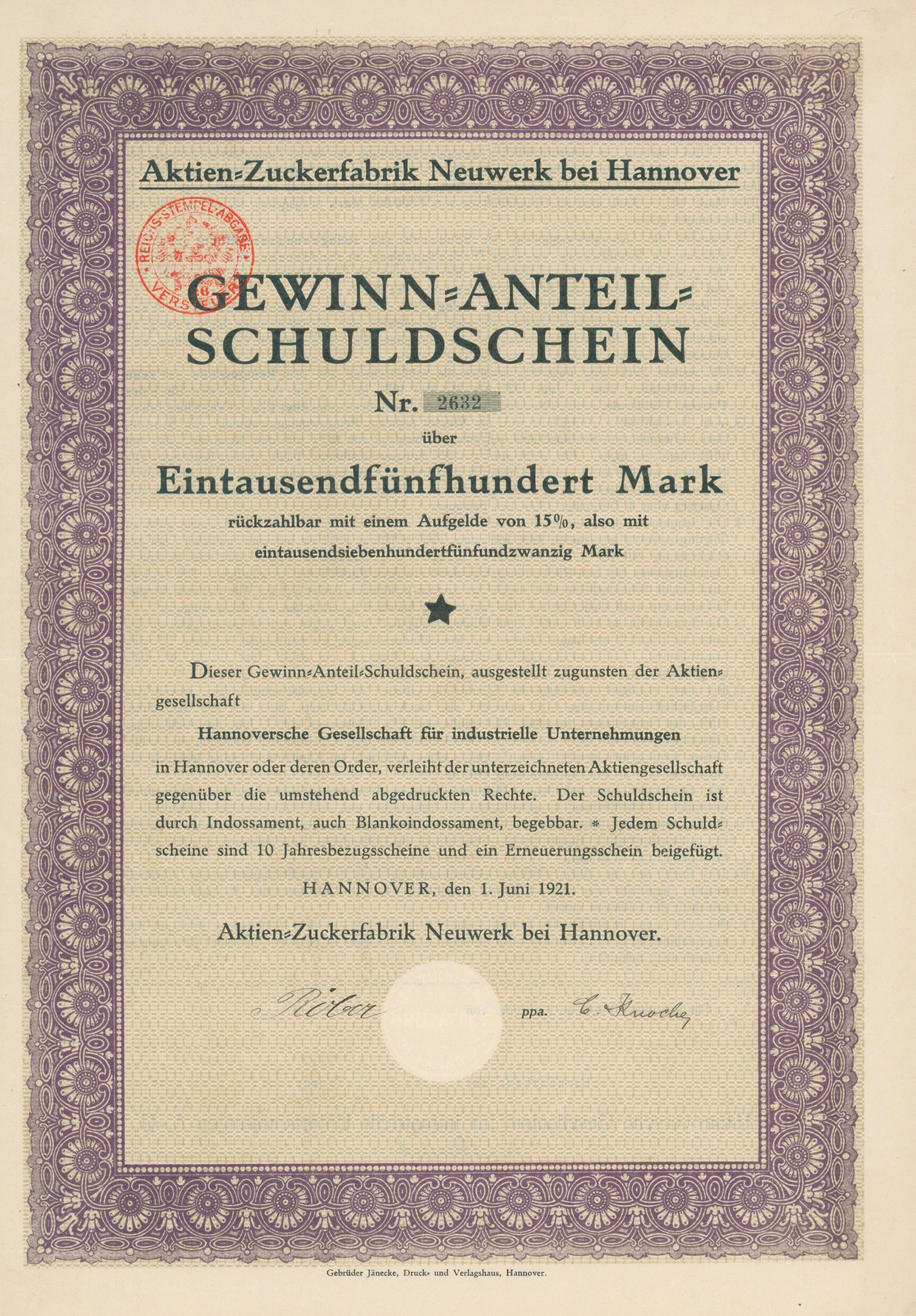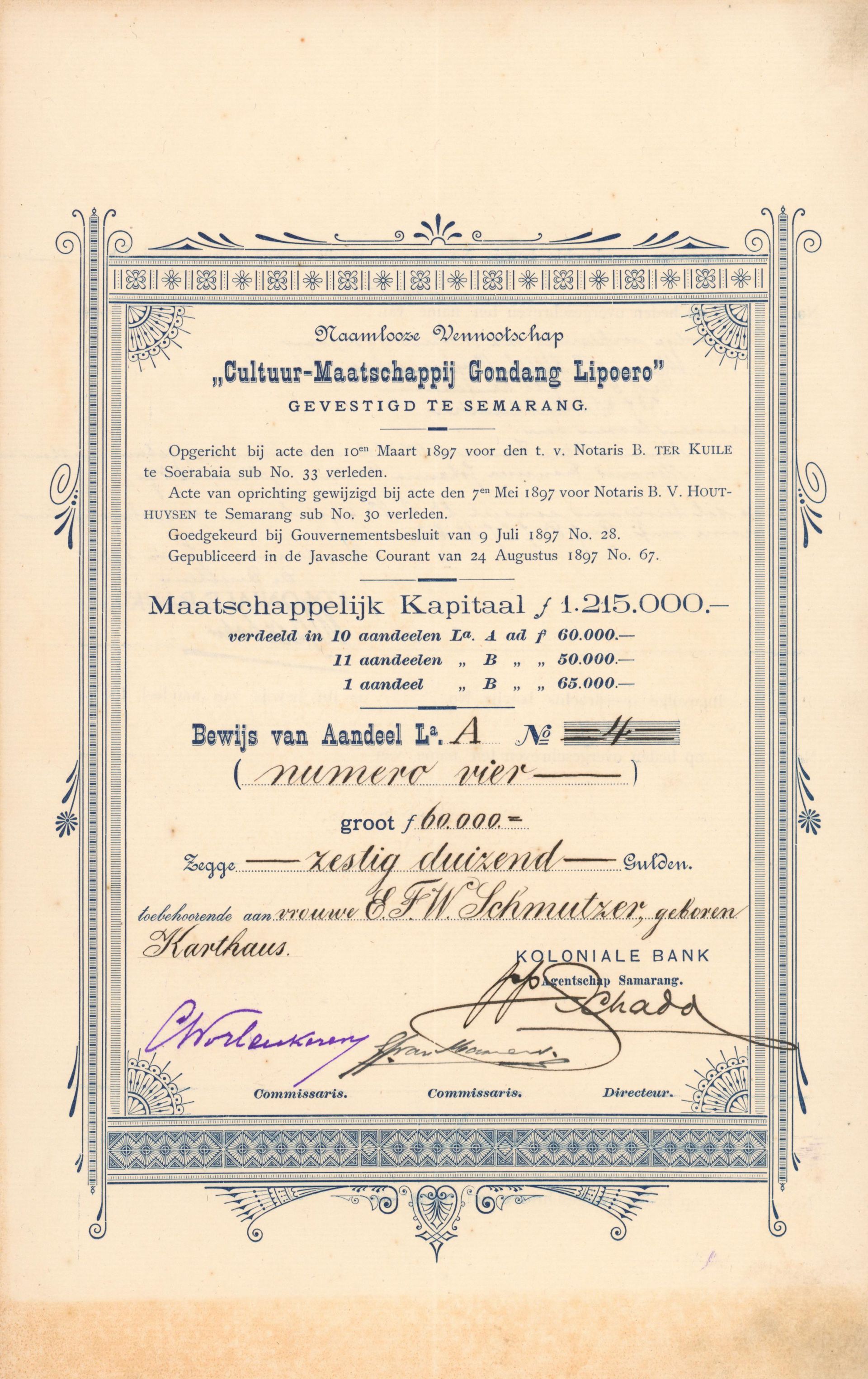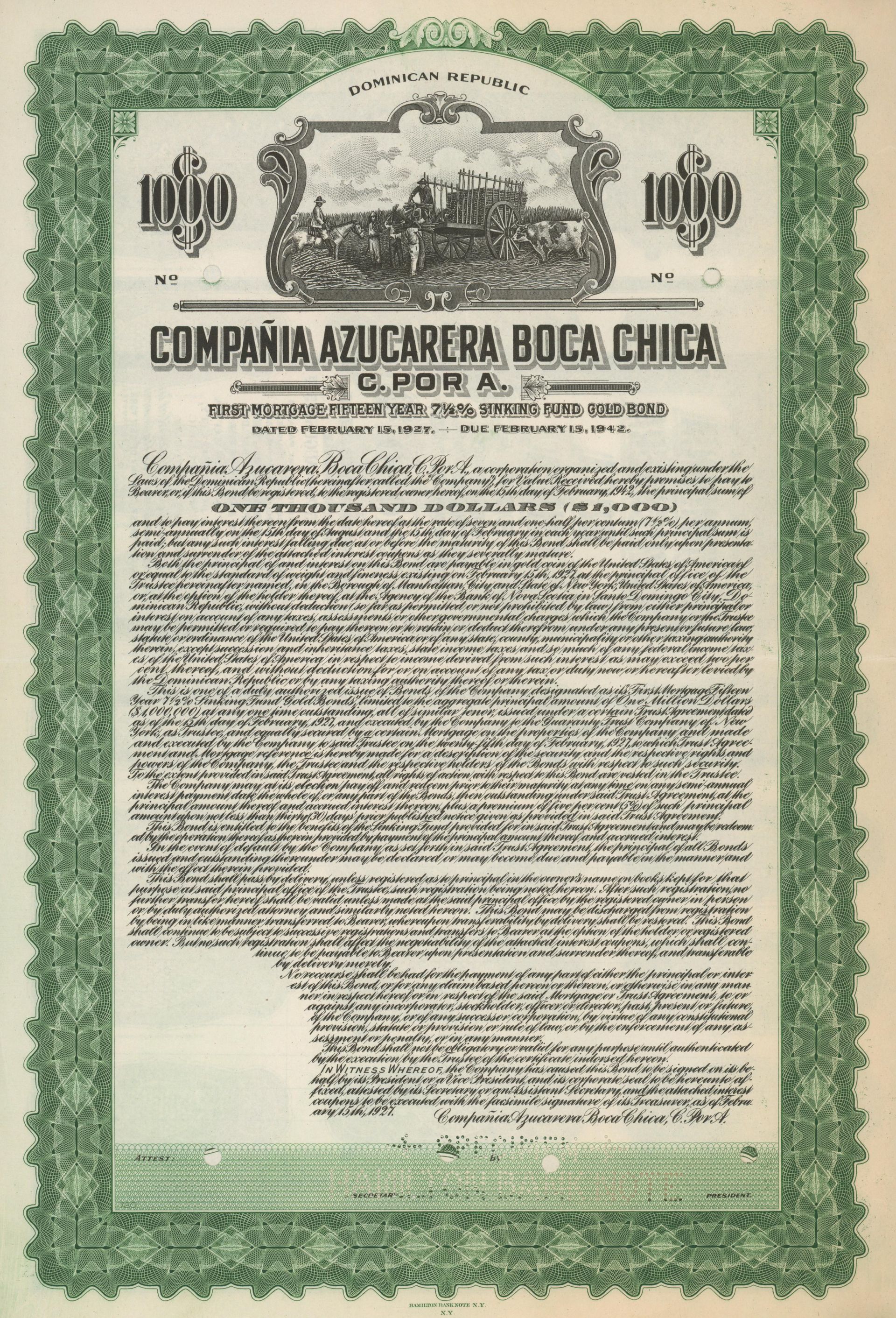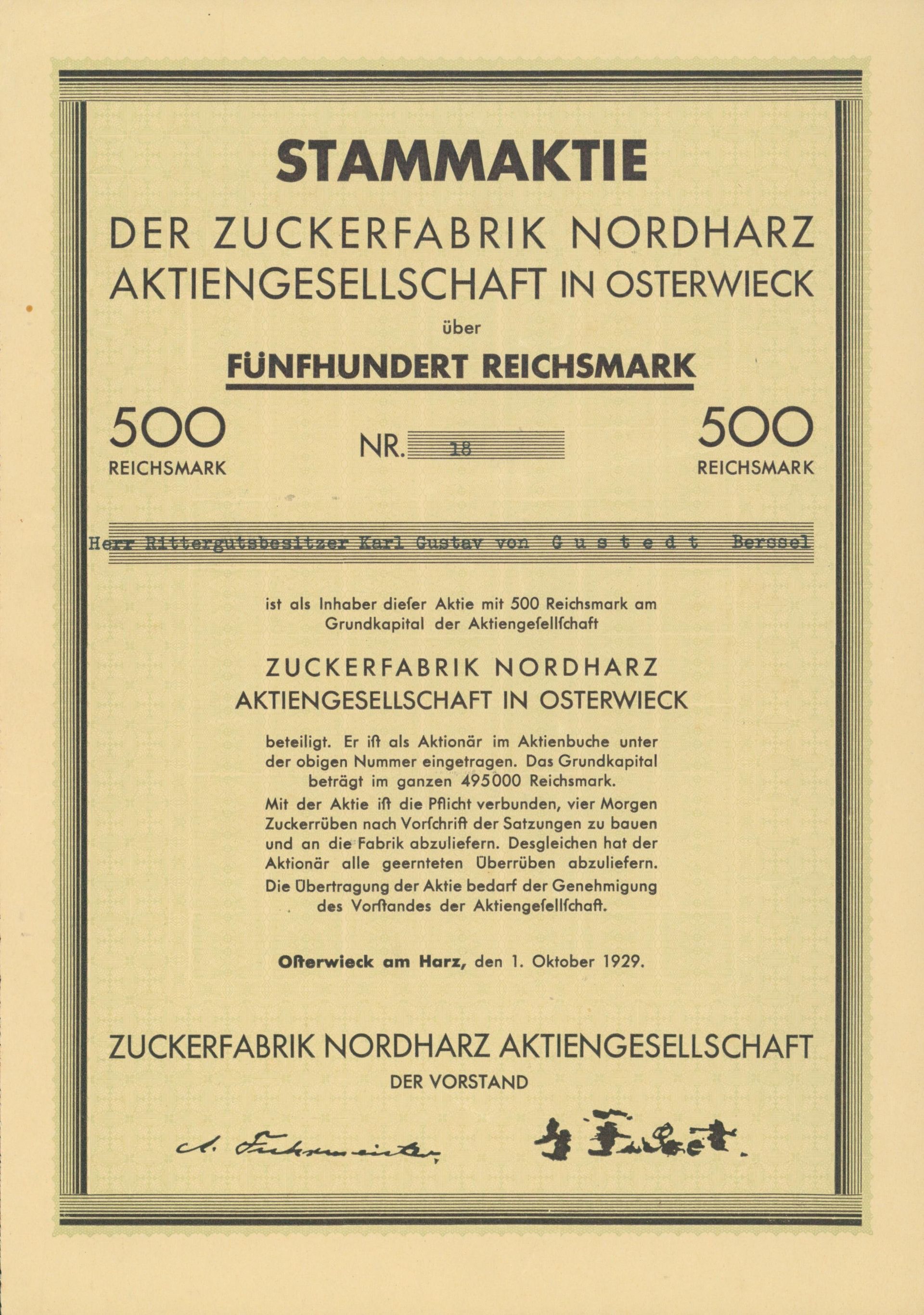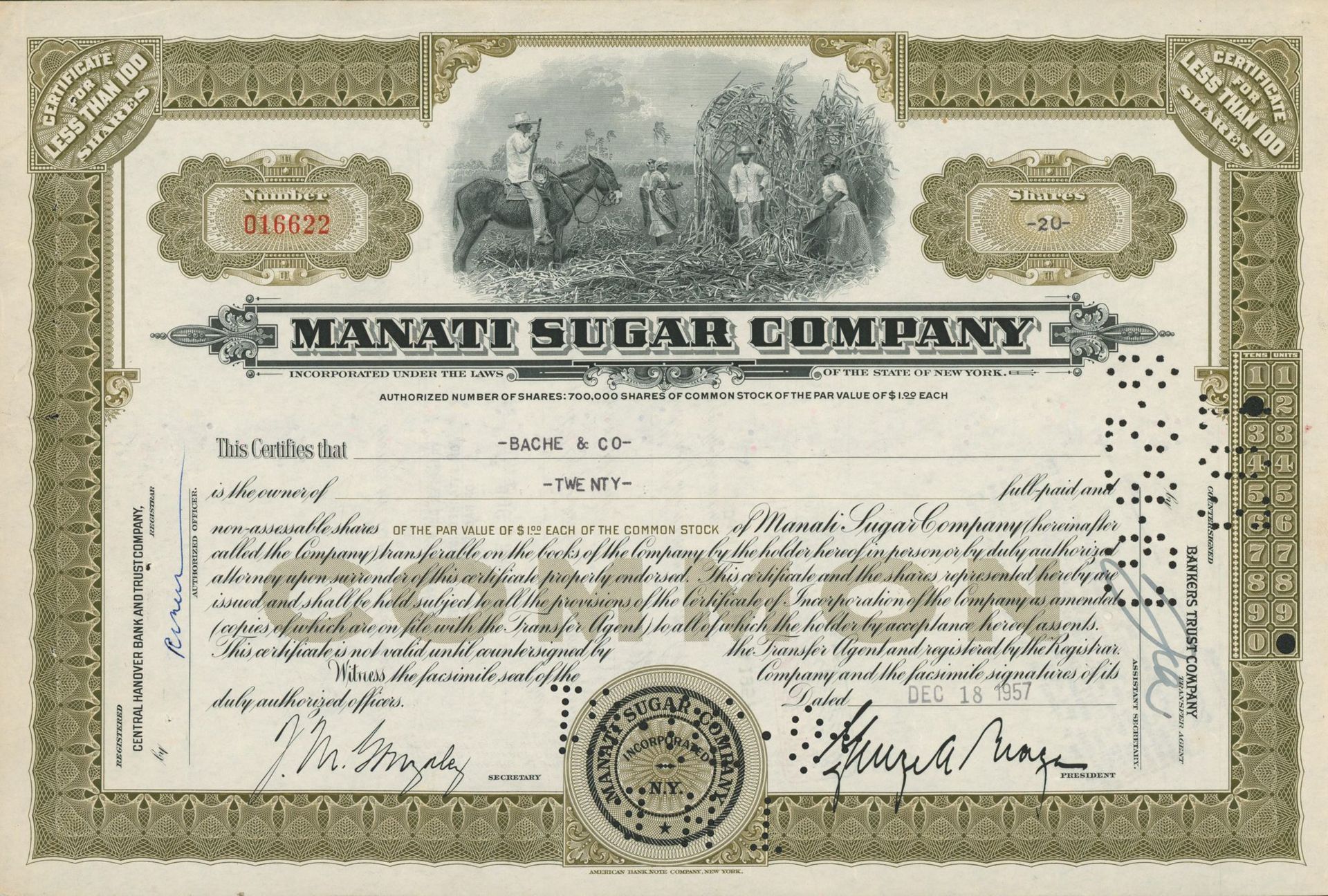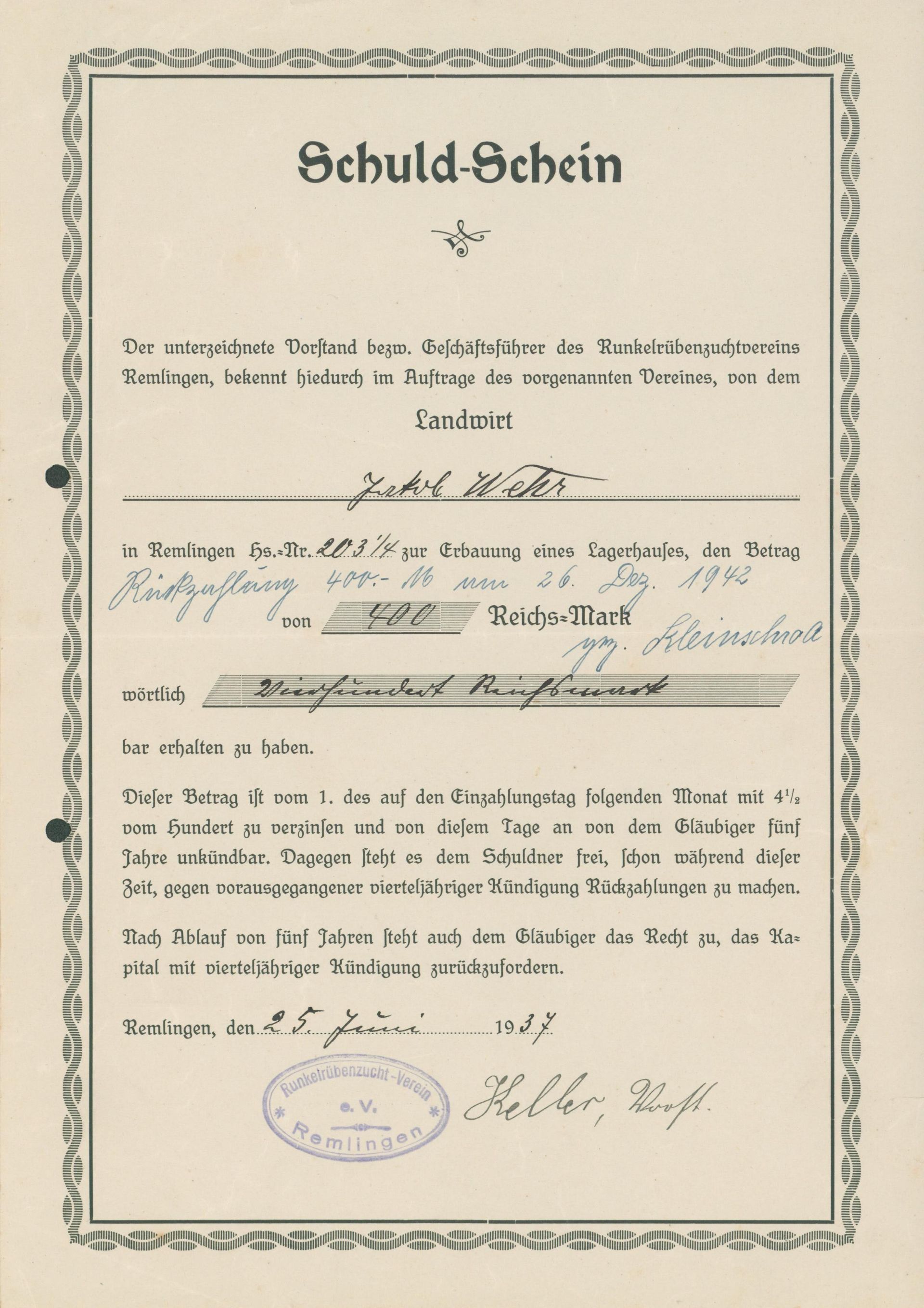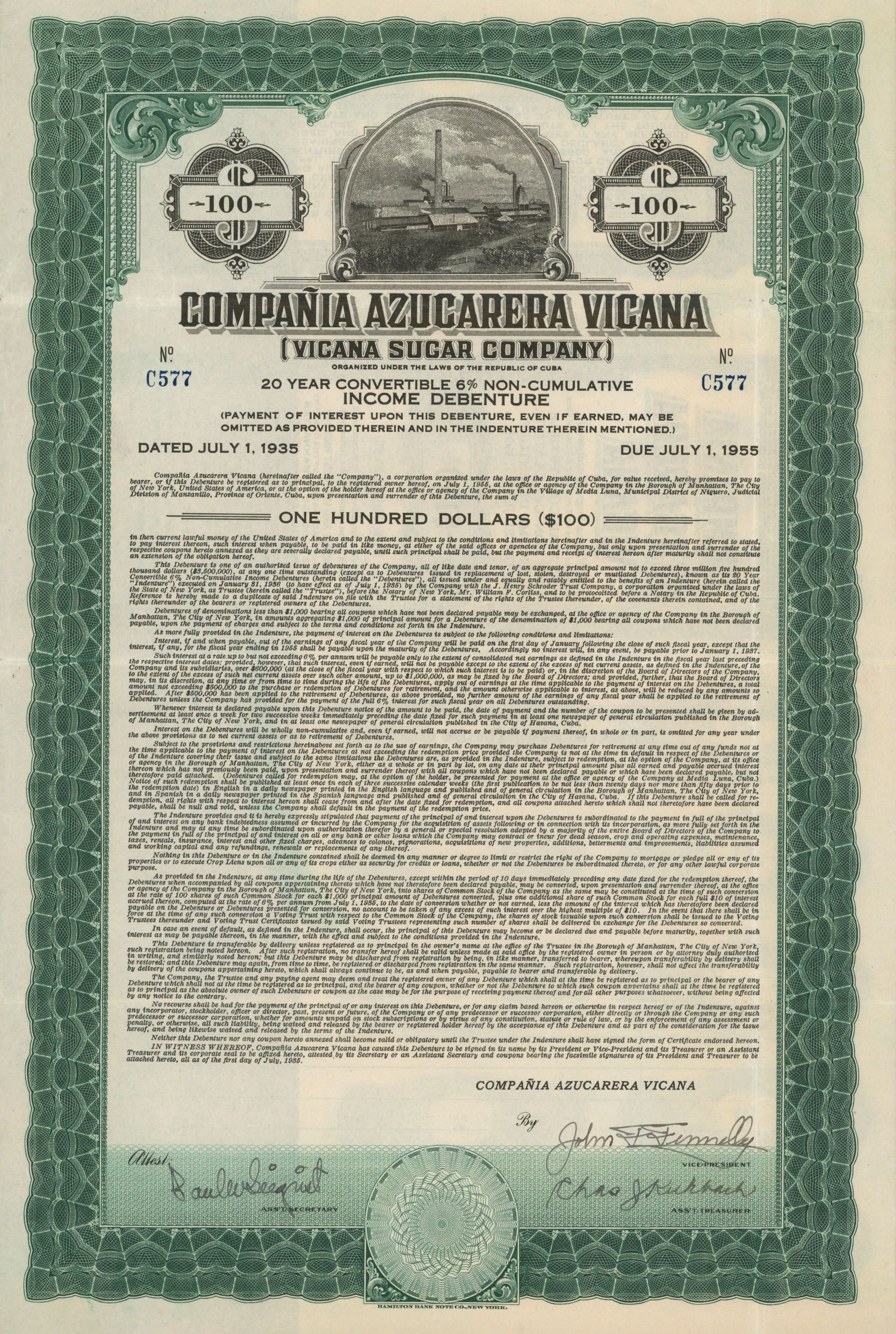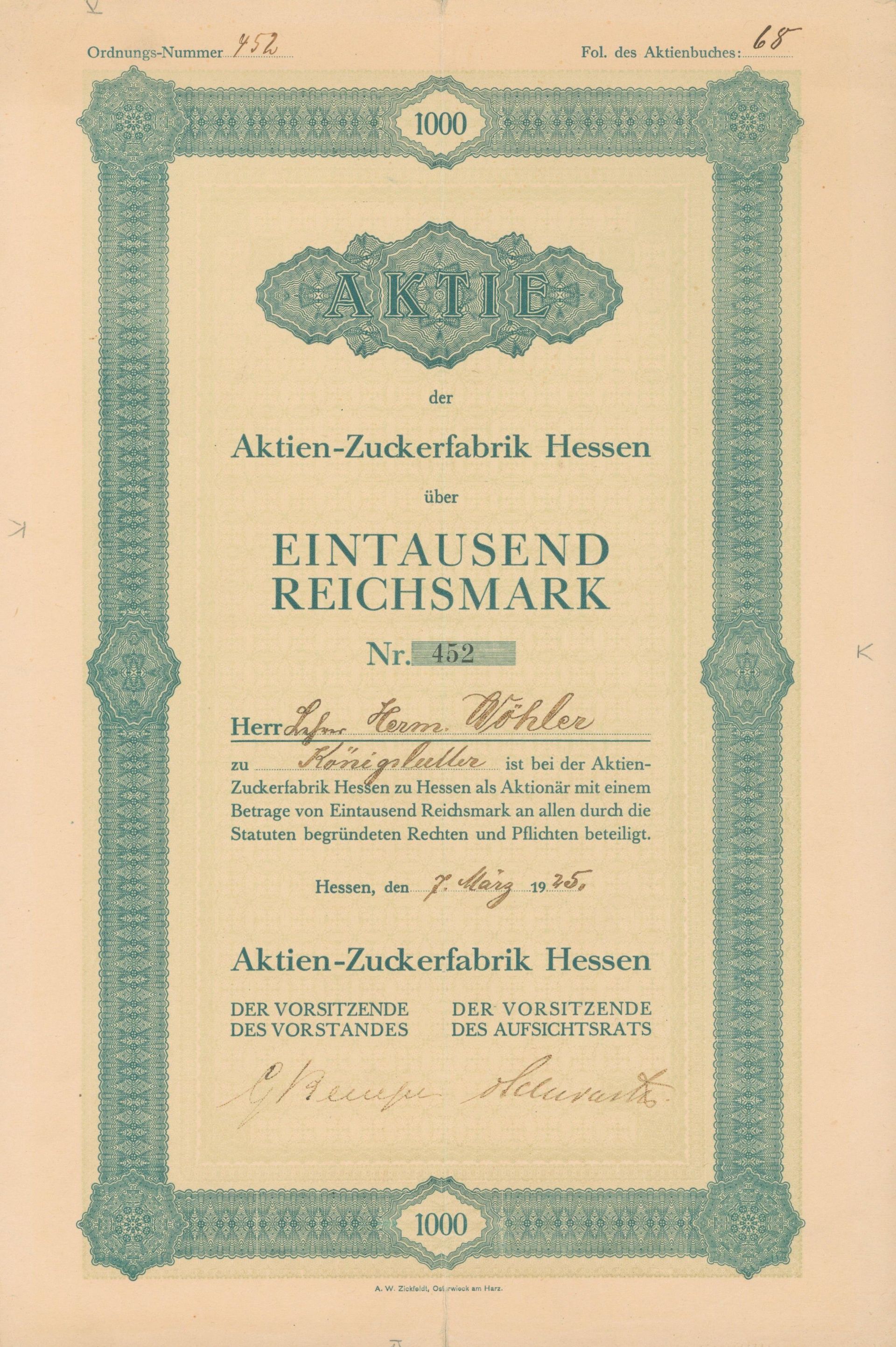
A Warm Welcome
to my “virtual Museum Fraikin”. The focus is on presenting one of the largest collections of scripophily related to the sugar industry. You will find bond and share certificates from the 18th to the late 20th century from almost all continents and many countries as well as short papers on relevant topics and books and other items.
Newest Articles

October 20, 2025
"Complete" list of German sugar certificates
One of the issues that I came across as a collector is the quest for an ideally complete list of existing certificates. Naturally that poses the question what to include and what not to include - which necessarily introduces a degree of subjectivity. As sources I used the excellent list provided by ...
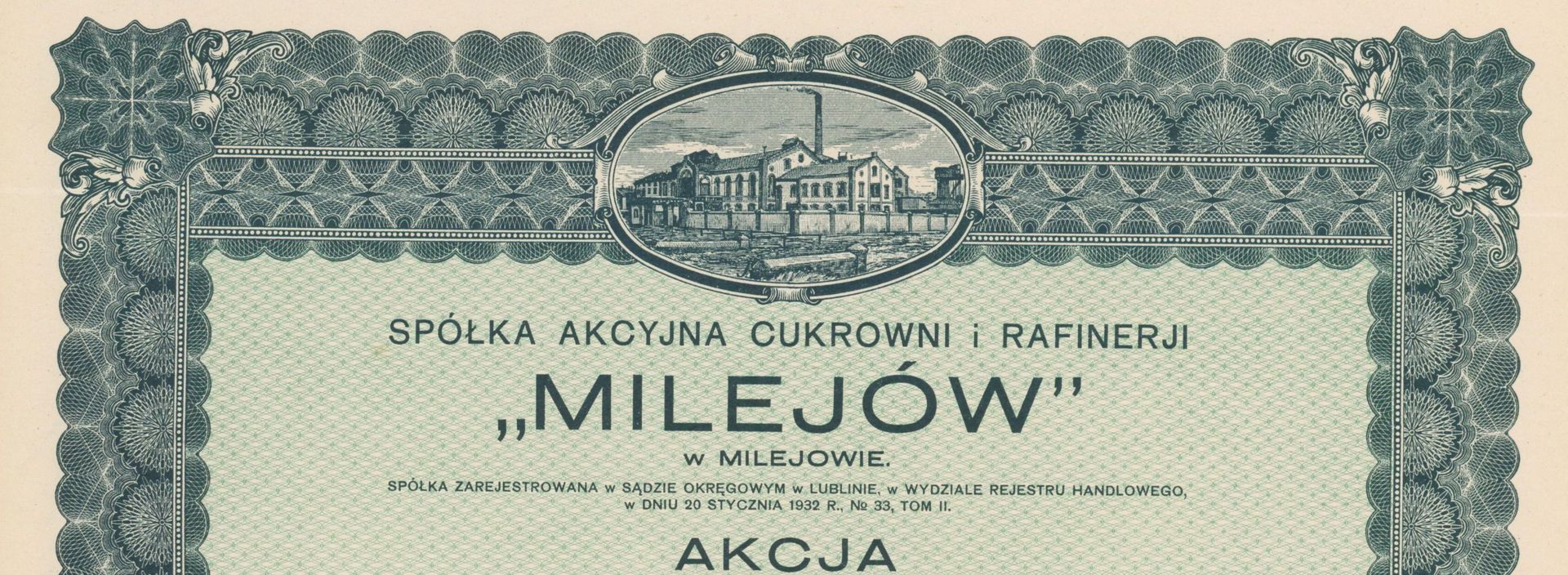
April 3, 2025
Poland 1917 -1939. The sugar industry and its scripophily
Introduction Before the Great War Poland had lost its independent statehood for over 100 years - partitioned and part of the German, Austro-Hungarian and Russian empires. Towards the end of the Great War Germany and its ally Austria-Hungary initially sought to establish a Polish puppet state in the ...

December 8, 2024
Cuba. The local companies and their scripophily
Cuba – the local sugar companies and their scripophily Cuba was for a long period one of the key players in the global sugar industry. From a slow start in Spanish colonial times to a major global player, through devastating wars of independence, US-occupation and reaching a pinnacle during and ...

Why collect historic certificates?
Collecting has always been a passion of mine - first postal stamps then scripophily as this hobby is often calles (and a few things along the way). Old bonds and shares uniquely combine history and art. Places, countries, currencies, units, languages, stamps, signatures, industrial revolutions, booms and busts, financial innovation, factories, allegorical figures and ox carts - all on pieces of paper that were proof of ownership. I have built my collection since 1990 specialising on the sugar industry right from the start.
Why sugar?
Most collectors specialise - often countries, regions, industries or themes - and if you do not specialise you are faced with millions of potential objects of desire…In my case a fortunate coincidence put me on the right track. In 1990 as a student I read an article on scripophily in the German “Handelsblatt” and was immediately fascinated. I contacted the dealer mentioned (Reinhild Tschöpe) and purchased my first piece - an 1871 share of the sugar factory in Kaurim (Czech Republic). A beautiful print, limited edition, excellent condition and over 100 years old. On closer inspection I found “sugar” a very good industry to focus on: Many but not too many old certificates, often decorative and present almost wherever people live. Especially in my home country Germany the sugar industry was (and is) present throughout the country and often comes with colourful local history. Then there is the personal connection: My grandfather was a farmer and planted sugar beet amongst his crops, which he delivered to a nearby factory. So as a little boy I proudly and very gladly accompanied my grandfather - and feared to be washed away with the beet roots… The 1977 debenture issued to him by Südzucker is not my most impressive piece but certainly the most emotional.
An absolute highlight:
The most probably oldest German-language share certificate
K.K. Priveligirte Zucker-Raffinerie in Königsaal bey Prag
Aktie | July 1, 1792

What will happen going forward?
Starting in 2020 I have begun to put my collection online. Whilst I have listed most of my small specialist library already I am close to 75% for the bond and share certificates. Germany (384 pcs) is complete as far as my collection is concerend as well as the Netherlands (ca 320 - including companies active in the Dutch colonies) , Belgium (over 40) and the US and Cuba (around 160 and 60 respectively). I will gladly include articles written by other authors, link to relevant pages and look forward to your feedback. Last but not least - if you have a piece I do not - let me know!
1925
World sugar production reached 24 mln tons - significantly above the 18.9 mln before the Great War. This was exclusively due to a sharp increase in cane sugar production. Looking at Germany production of 1.6 mln tons in 261 factories (2024 18 factories would produce 4.4 mln tons) was significantly below the pre-war level and not quite sufficient to meet domestic demand. Within 10 years Germany had turned from one of the largest exporters to a net importer. Sugar prices had fallen across the globe - but worse was to come. Incidentally - lots of Polish issues following the 1924 adjustment of corporate valuations after the hyperinflationary period.
Show AllA rarity - only known piece
The oldest known piece of a German sugar company - a cane refiner in East-Prussian Königsberg
Theilnehmer der Zuckersiederei zur Krone
Aktie | August 10, 1810

